Would you like to have a career in wildlife conservation? What is the best way to achieve this goal?
We spoke to wildlife educator and conservationist Connel Bradwell to find out what the job involves and how his early passion for wildlife and has shaped his career.
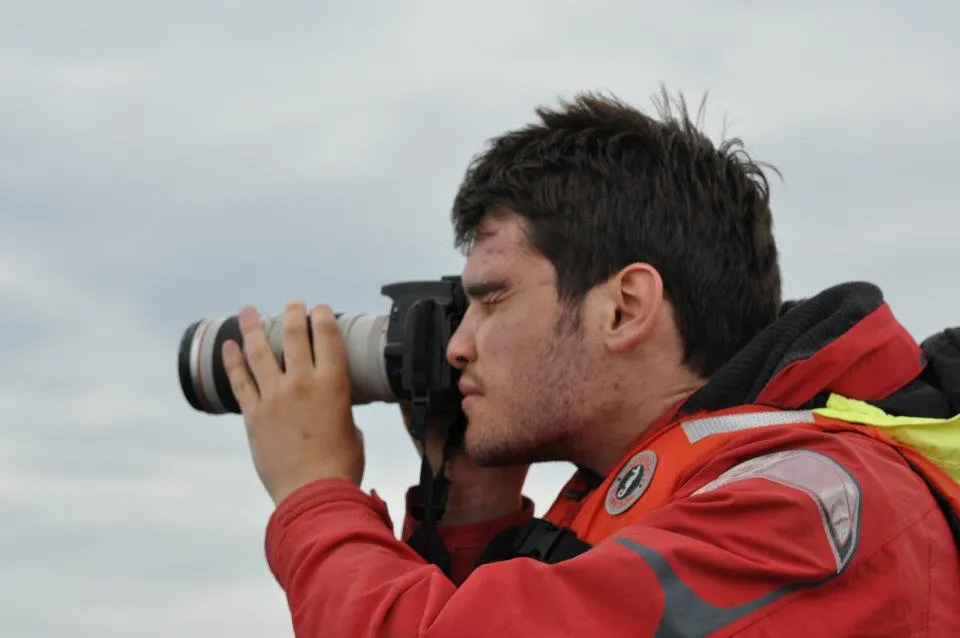
What does the average day as a wildlife conservationist involve?
Working as a conservationist is such a broad job that there really is no average day. You can be up at the crack of dawn ringing birds or up all night doing hedgehog surveys. Most of the time, with my job, I am out in the field presenting nature workshops and programmes to a variety of different groups.
There is also a lot of administration involved, which is not always very glamorous, but it has to be done. This includes completing grant applications for funding, writing reports or results from surveys and planning presentations and workshops. The great thing about conservation is that there are so many aspects and areas you can go into.

How old were you when you first started to show an interest in wildlife?
I was interested in wildlife from a really young age. When I was four or five, I was obsessed with dinosaurs, and this progressed to wildlife, particularly birds. I spent a lot of time as a kid outside watching wildlife and exploring my local area in Leicestershire, writing down and recording everything I saw.
How did you first get involved with wildlife conservation?
I volunteered at age fourteen with the Leicestershire and Rutland Wildlife Trust. I started with a week’s work experience, before progressing to their habitat management volunteering group. This was an amazing experience because it opened my eyes to how much goes into conserving wildlife, as well as what areas I was interested in pursuing and what steps I would need to take to build a career in the field.
What’s been your favourite project?
Narrowing this down to just one is tough, but volunteering with ospreys for the RSPB in Abernethy Forest was certainly a highlight.
Ospreys have been nesting at Loch Garten since the 1950s. My role was to sit in the hide and record their behaviour; I got to see so much activity as they raised their family. When I was there, the chicks were just old enough to start practising flying. They would hover over the nest for a few seconds, before crashing back down on the nest with a bump – my heart was in my mouth, thinking ‘is this the moment they fledge’? I also got to see the chicks being ringed and tagged, so they can be tracked on their first migration to Africa. It was an unforgettable moment coming face to face with such a glorious and endangered bird.
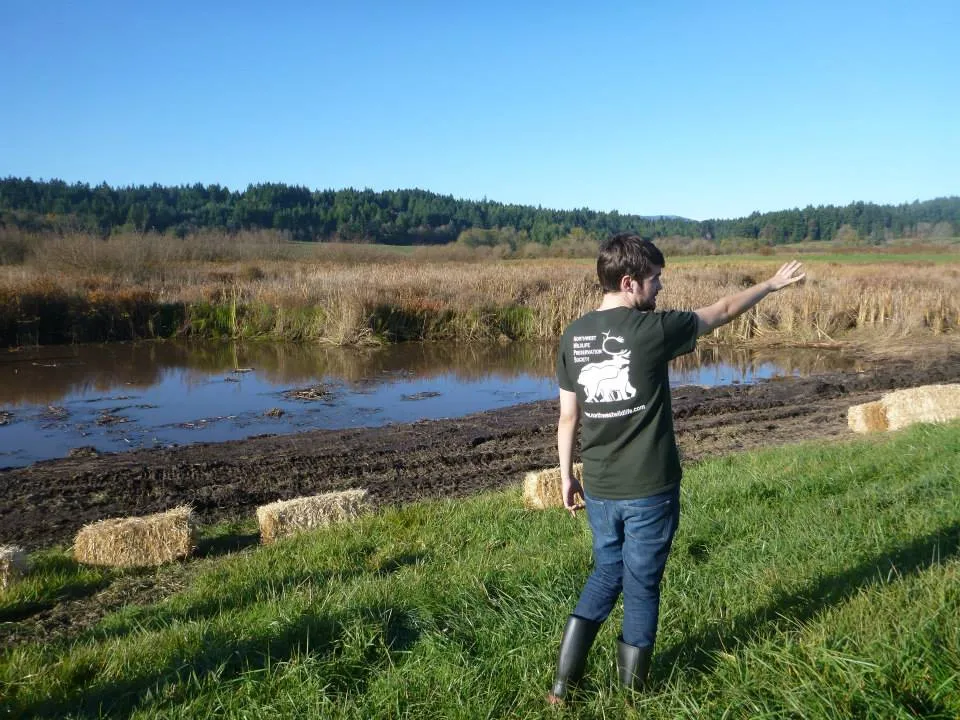
Also, the surrounding area is stunning – ancient Caledonian pineforest, sweeping moorland, wetlands, dramatic mountains and endangered species such as pine martens, capercaillies, Scottish crossbills, crested tits, red squirrels and wildcats on your doorstep. What could be better?
I started my blog ‘Talk of the Wild’ a few years ago, and that has been an incredibly fun project as it helped me to connect with young conservationists around the UK and globally. I have been making wildlife videos and have loved presenting and communicating wildlife and nature to the wider public.
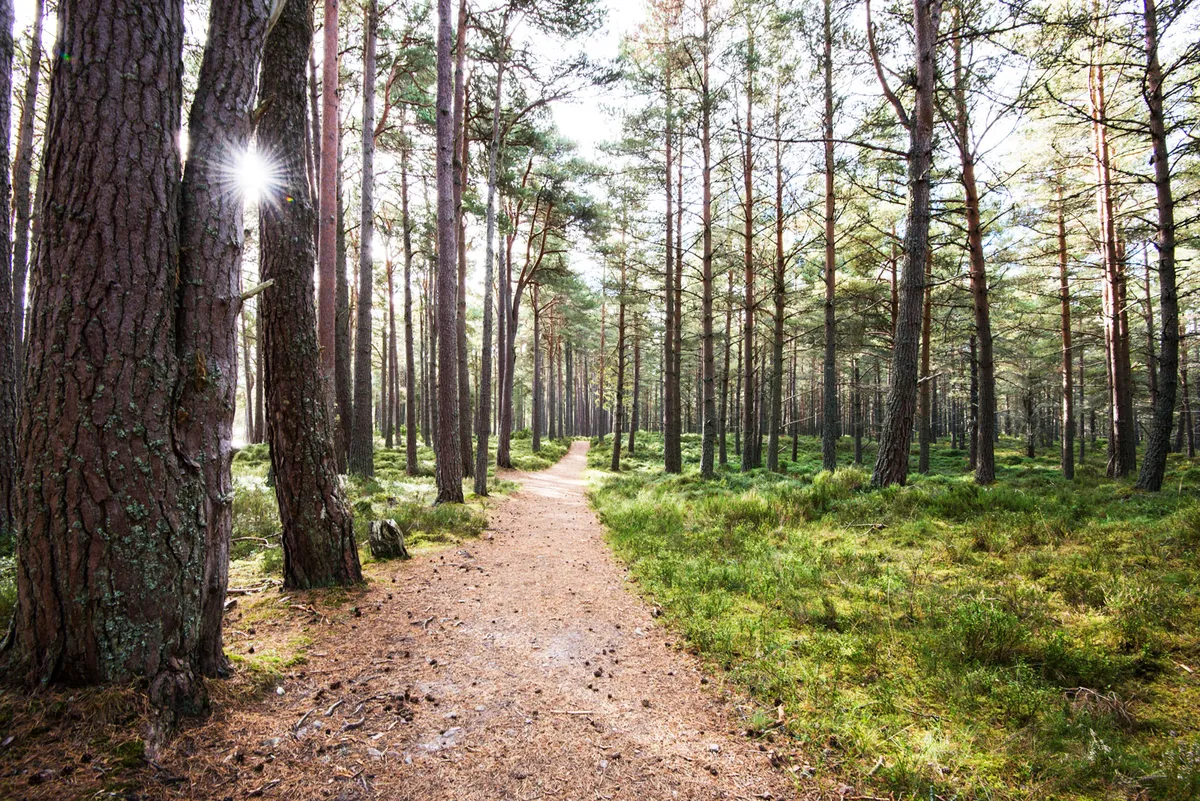
What has been your most amazing wildlife experience while on the job?
I was in a hide at the RSPB Loch Garten reserve in the Cairngorms when another volunteer burst through the door and said, ‘do you want to see a pine marten?’ I opened the door of the hide and, standing on the path in front of me, was one the UK’s rarest mammals! I could not believe it – the reserve is a good place to see them, but they are very shy and difficult to spot. We watched them for a good half an hour, and even saw another one in the trees. They were larger than I had expected and so camouflaged in the forest. It is definitely one of my favourite wildlife moments.
What’s the biggest challenge facing wildlife in the UK today?
One of the biggest challenges that British wildlife faces is a lack of knowledge and education about their threats and what people can do to help them. Often, when we think about extinction and the loss of species, rhino, elephants, tigers etc. come to mind. They are important, but British species are also in decline and are facing their own extinction crisis.
I think that public knowledge is the key to saving wildlife, and this is one of the reasons why I present wildlife workshops and programmes. I aim to educate and inspire the public to care about wildlife and give people an opportunity to connect with the natural world. The progress that is being made on plastic pollution is a fantastic example of how public awareness and support can really make a positive difference; this gives me, and many other conservationists, hope that we can save our incredible wildlife.
If you were a British animal, what would you be?
A chiffchaff, as they spend part of the year aboard but always return to their favourite patch of the British countryside. They’re also quite chatty!
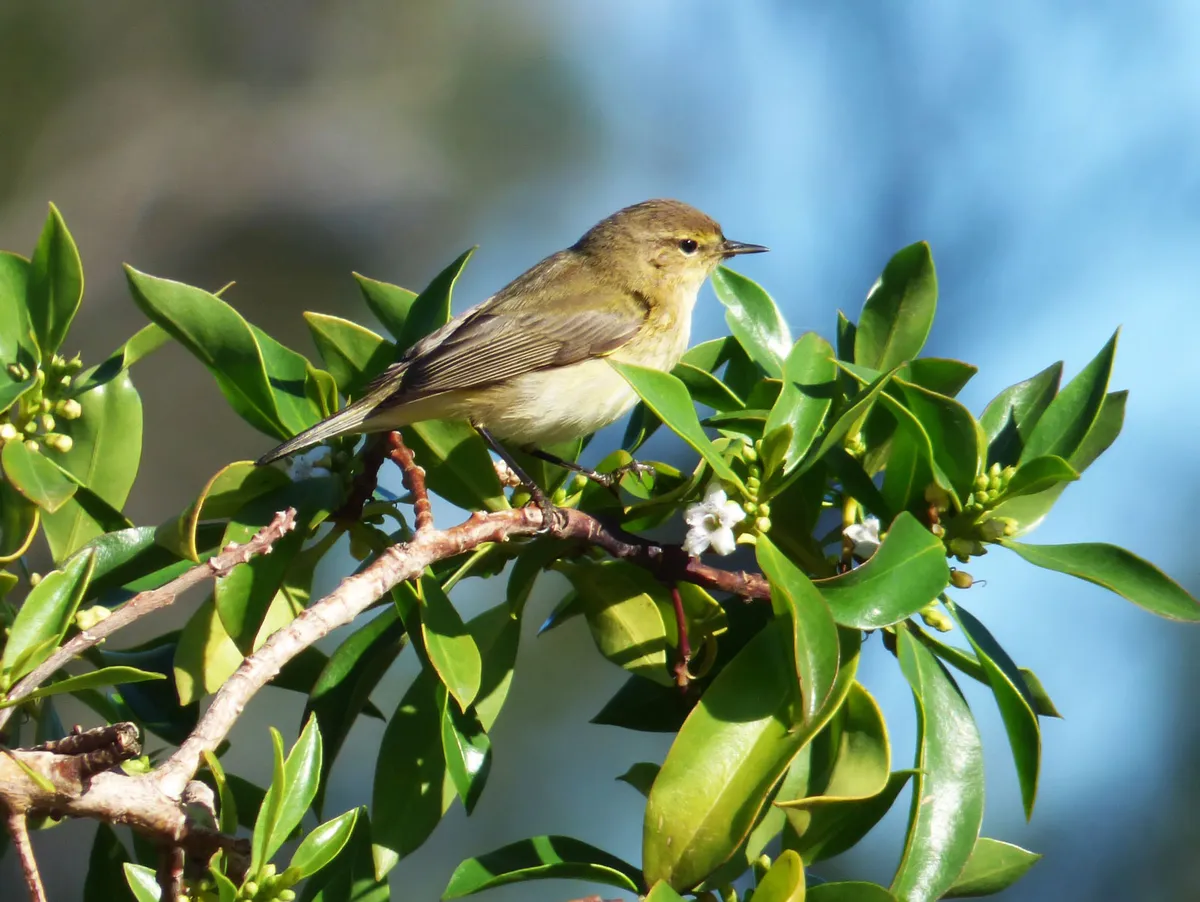
In your opinion, what is the most beautiful place in Britain?
The Hebrides has white sand beaches and turquoise sea, Pembrokeshire has a wild coastline, seabird cities and cetaceans, and north Norfolk is a birder's paradise. However, I am sticking to my home area of Charnwood Forest in Leicestershire. I think Leicestershire is one of the most underrated counties in Britain.
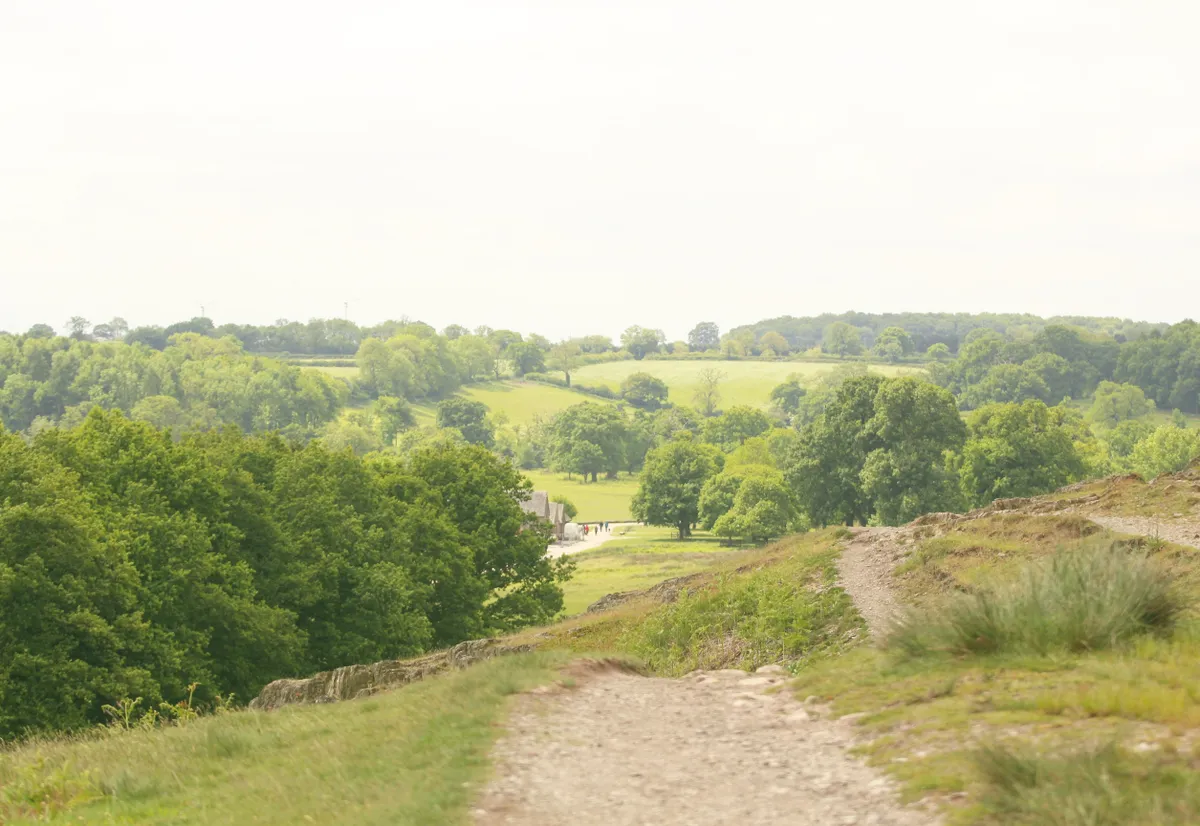
Charnwood Forest is a distinctive and ancient place – some of the rocks date back 600 million years (some of the oldest in England) and it is very common to find fossils. There is something to see no matter what the season; in spring, the ancient woodlands are covered in a blanket of bluebells, great crested grebes dance on the reservoirs and migratory birds, such as chiffchaff and blackcaps, return. Summer brings the rolling green hills to life and you can see the old oak trees and meadows in full bloom. In autumn, giant red deer stags battle it out in the rut and winter is an amazing time to see short eared owls hunt for small mammals. It is a beautiful place to explore – Sir David Attenborough spent a lot of his childhood in Charnwood Forest, which says a lot.
What advice can you offer to young people wanting to get involved with wildlife conservation?
The best advice I can think of is to just get out there, get your hands dirty and give things a go. I have volunteered in conservation since the age of 14, and it is the best thing I have done; it has opened so many doors for me. There are loads of volunteer opportunities all over the country that are desperate for new people to join them.
I think that wildlife and conservation can often be portrayed as being very big and something that only happens in far flung places around the world, which is not true at all. The UK has fantastic opportunities for wildlife and the conservation, and you do not have to be an expert to get involved – the great thing about this field is that it is open to anyone who wants to make a difference.
What do you plan to do next?
I want to keep developing and growing my wildlife workshops and education programmes. At the moment, I present to thousands of people in the UK and Canada, and I hope to do this on a larger scale across the country. Also, I will be continuing to make wildlife videos as well as blogging and vlogging my upcoming wildlife adventures. As always, I’ll be collaborating with fellow conservationists and working hard to protect and conserve wildlife, which has always been my passion and aim.
Find out more about Connel's life as a wildlife educator and conservationist, www.talkofthewild.net